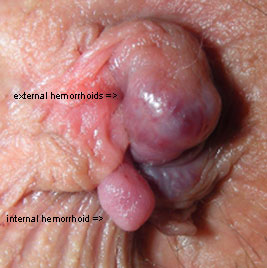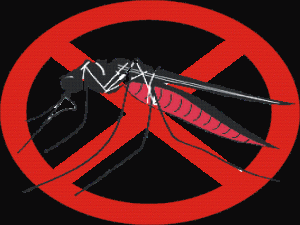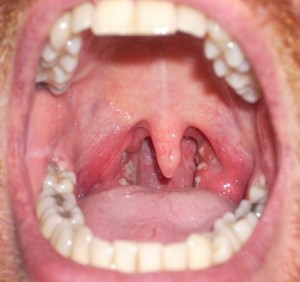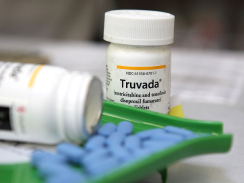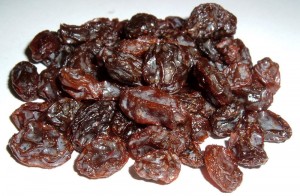Hemorrhoids are something that half of all people experience, in one way or another (itching, pain, bleeding), by the age of 50. Yikes! So let’s not go and judge everyone we know over 50 and think about what’s going on down there, ok? The good news is that there are various treatments out there, and a lot you can do to prevent them.
They are swollen and inflamed veins in your lower rectum (internal hemorrhoids) and anus (on the outside are external hemorrhoids). And the reason that these veins get so swollen and inflamed is usually due to increased pressure in your anus, from what, you say? Well, this is one reason that you are always told not to strain when you have to poop; if you frequently strain and have to push hard to poop, you are increasing your risk of hemorrhoids. Also, the pressure in your rectum from being pregnant (the uterus pushing up against your rectum) can lead to hemorrhoids. These swollen and inflamed veins can be quite uncomfortable, but are very treatable.
What are the symptoms?
-Painless bleeding during bowel movements
-Itching or irritation in/around your anus
-Pain or discomfort
-Small lump or bump near your anus that may be painful
Internal hemorrhoids that you cannot see or feel, are usually pretty innocuous, until you strain when having a bowel movement and see blood on your stool or the toilet paper when you wipe. External hemorrhoids are the ones that usually cause discomfort and you have actual symptoms. If you have large amounts of blood coming from your rectum with stool, or blood consistently with very bowel movement, it is very important to go see your HCP because rectal cancer and other tumors can also have that symptom, so you want to get checked out before assuming it is a hemorrhoid. Also if your stool is black/tarry, has a strange odor, or you feel light-headed/faint frequently, seek immediate medical assistance because you may have internal bleeding.
What causes hemorrhoids?
-Straining with bowel movements
-Anal sex
-Pregnancy
-Obesity
-Constipation
-Chronic diarrhea
With these as a part of your history, along with a digital rectal exam and a visual exam of your anus and rectum your HCP can usually make a diagnosis. If you are over 50 o have a high risk for colorectal cancer, your HCP may send you for more extensive testing, like a colonoscopy (a visualization of the entire colon).
What are the Treatments?
Over the counter (OTC) treatment, like preparation H, can help with itching, pain, etc at the site and should not be used for more than a week. You can also sue cold packs to the area to decrease pain, and use OTC pain relievers (like ibuprofen), and take warm water soaks for 10-15 minutes a couple of times a day, which helps with many people to relieve symptoms. If you have continued pain or discomfort, your HCP can use rubber band ligation in which they use little rubber bands around the base of the hemorrhoid, thus tangling it, and it eventually withers and falls off. They can also use sclerotherapy, in which a chemical is injected into the hemorrhoid to shrink it. If these therapies to do not work or there is recurrence, you can have surgical removal or stapling of the hemorrhoid, which has a longer recovery time, but can be moe effective for larger hemorrhoids.
How to I Prevent hemorrhoids?
Well, keeping a healthy active lifestyle can help with prevention of hemorrhoids, working out and staying active, trying not to sit for long periods of time and drinking plenty of water and eating a high fiber diet (whole grains, prunes, etc.), will definitely help! Also, when you feel like you have to poop, go! I know a lot of men who like to wait for a while….not a good idea. If your body is telling you that you need to poop, then poop! When you don;t have hemorrhoids, you’ll thank me!
So keep up that health lifestyle, poop when you need to, and your bottom will be happy and healthy for years to come!
Yours in Good Health
B

